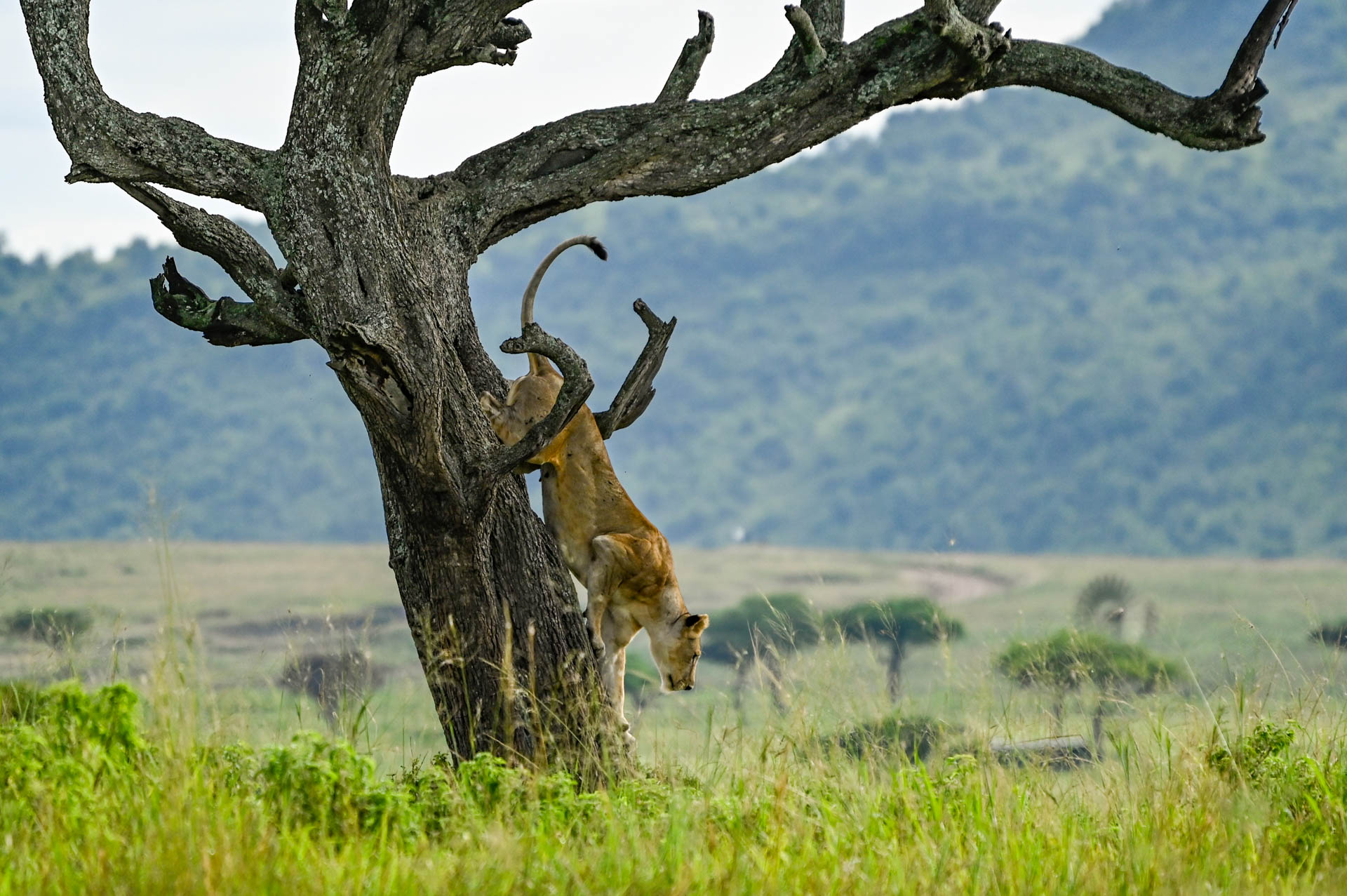
If you've stayed in Guest Suite #9 or the nearby suites, you may have witnessed some stork activity just a few metres in front. If you haven't, don't worry – we've been keeping track of their story for you. Having hatched around mid-March, the saddle-billed stork chicks are now approximately seven weeks old and still under the care of their parents. It's unclear exactly how long the young ones remain dependent in their natal area or when they begin foraging on their own.


Research suggests that chicks typically fledge somewhere between 10 to 14 weeks and largely become independent by 12 to 14 weeks. We'll continue to observe them closely and hopefully witness some of these beautiful chicks' maiden flights. I recently spotted one of the parents flying in with some dry grass, signalling it may be time for a nest makeover.
The open landscape of Amboseli National Park allows you to observe wildlife in their natural element. We had such a moment observing a troop of baboons engaged in their morning ritual of relaxation and grooming. Among them, a commanding presence caught our attention: a big and bold male positioned at the forefront of the troop. His imposing stature and confident demeanour signalled his status as the dominant male.


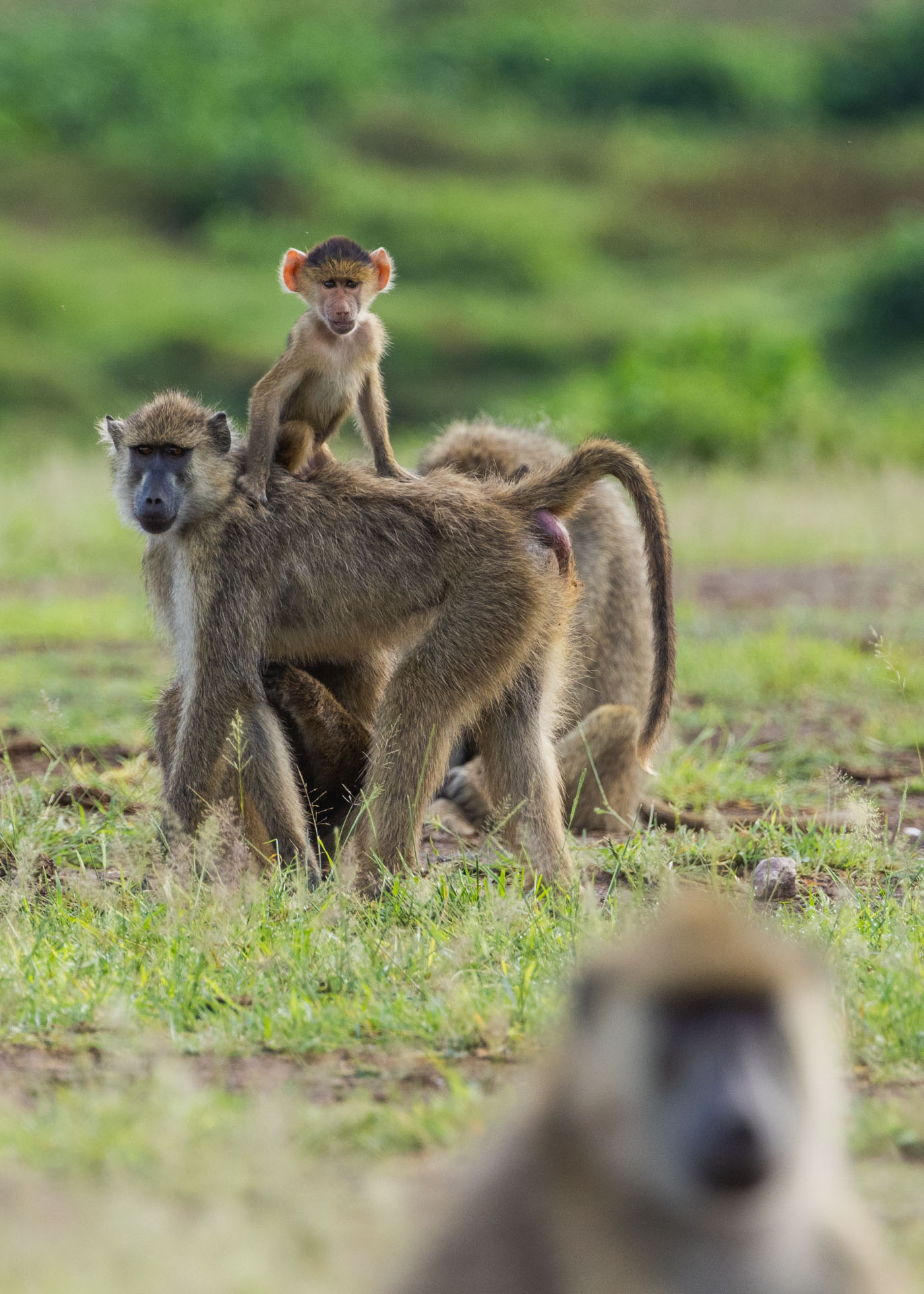
While the rest of the family leisurely groomed and socialised, he stood vigilant, seemingly placing himself in harm's way to protect the group. It was a fascinating display of social dynamics within the baboon community, highlighting the role of leadership and protection in their daily lives.
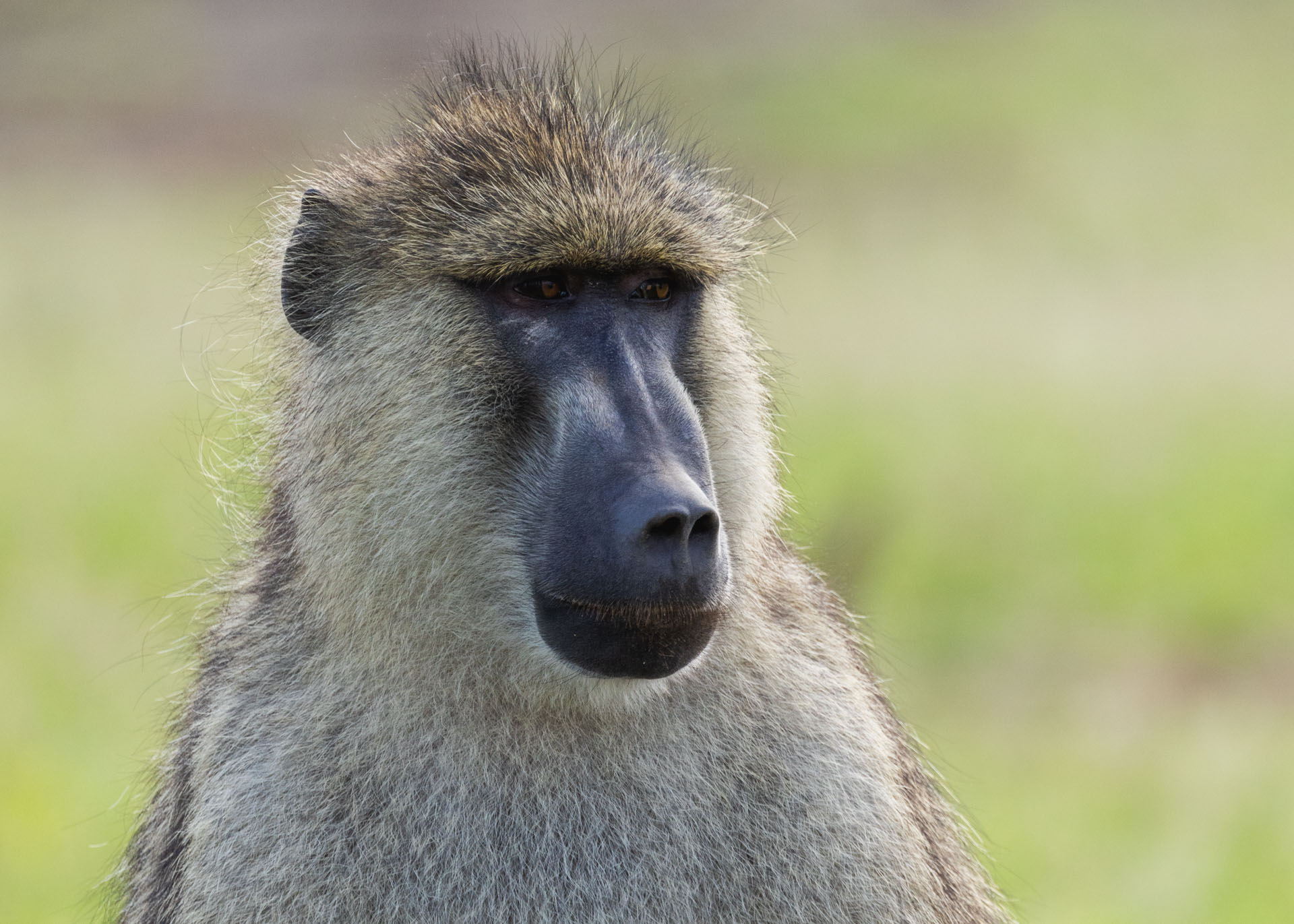
As I scanned the horizon, a peculiar sight caught my eye: a patch of red-magenta hue amidst the midday sky. Initially perplexed, I soon realised it was more than mere chance. For those unfamiliar with Amboseli, such a spectacle might seem inexplicable. However, seasoned observers know that during the rainy season, the dry lake bed undergoes a remarkable transformation into a seasonal lake.
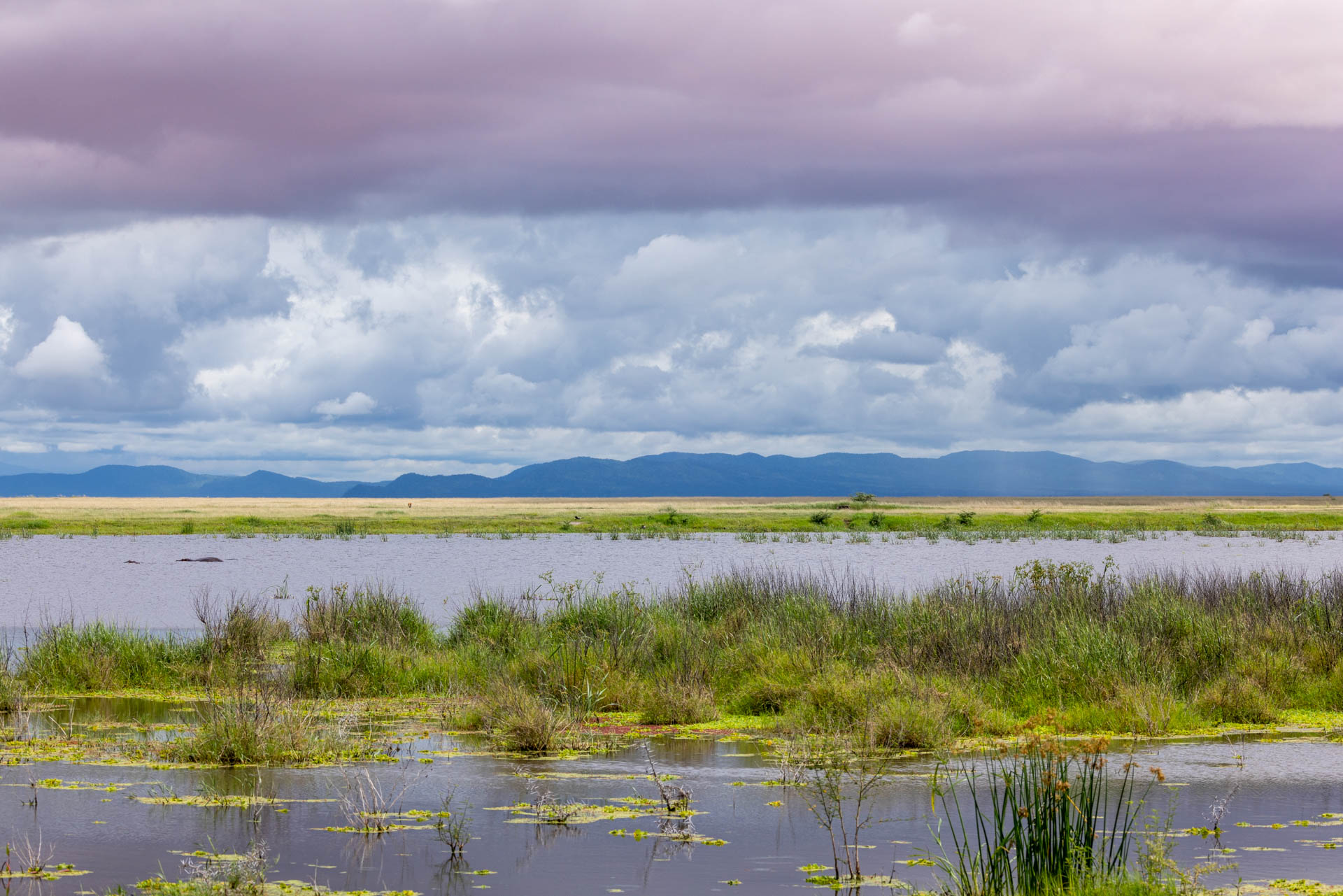
This transformation fuels the presence of red algae, distinguished by its vivid red and magenta pigmentation. When sunlight kisses the lake's surface, the red hue is reflected, painting the clouds above. This surreal sight is visible only on overcast days and from a considerable distance, typically a few miles away. As one draws closer to the lake, the illusion fades away, similar to a mirage dissipating in the desert heat.

Encountering the vibrant red-and-yellow barbet on one of our recent drives was a delightful highlight. This species, native to eastern Africa, boasts striking plumage that easily captivates the eye. Distinguishing between male and female red-and-yellow barbets is relatively straightforward. Males sport a bold combination of black (spotted white), red, and yellow feathers, creating a vivid display of colours. Additionally, adult males feature a black forehead and crown with a slight crest, adding to their unique appearance.
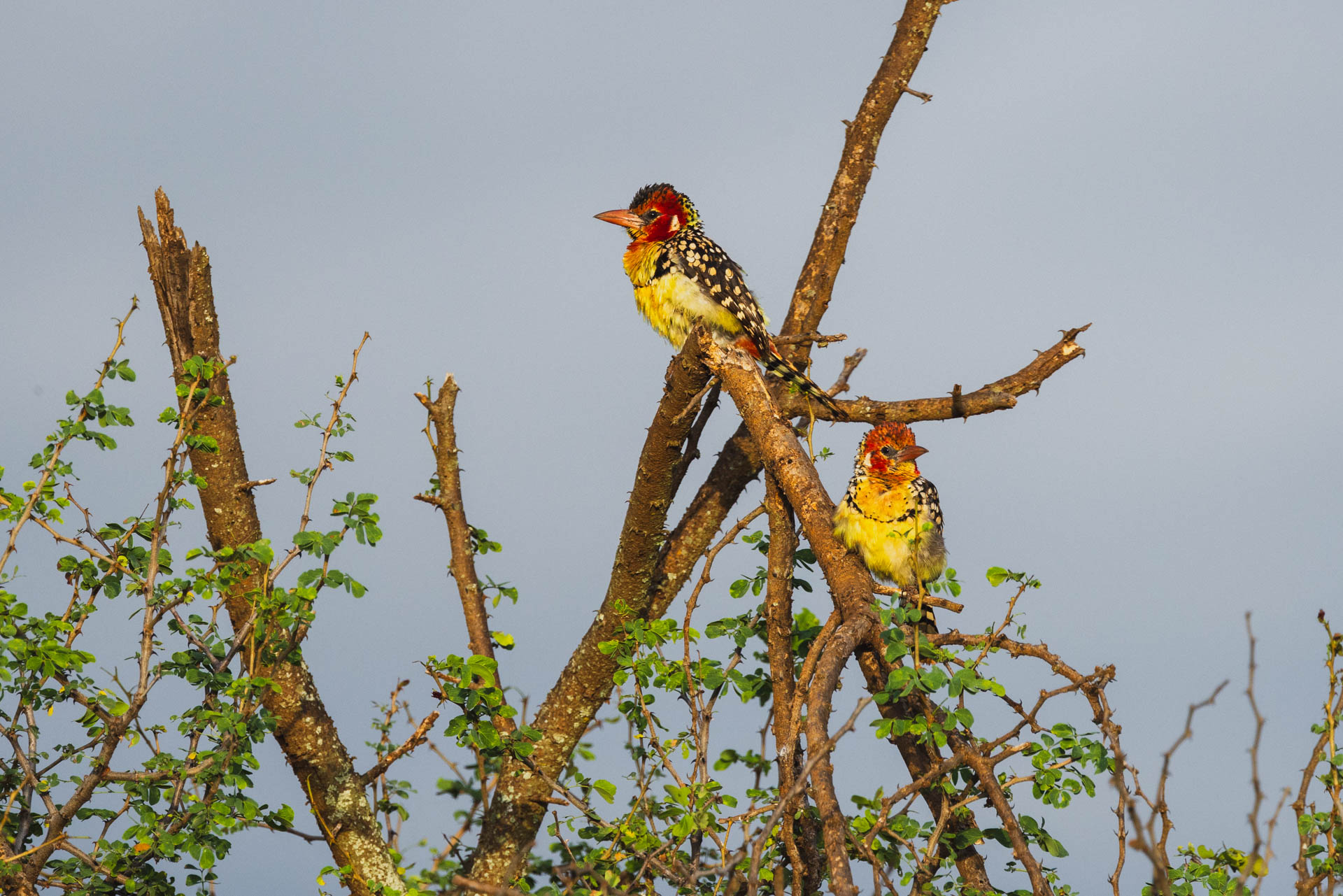
In contrast, females and juveniles share a similar appearance but with less intense colouring.
Found predominantly in broken terrain, red-and-yellow barbets make their homes in burrows where they nest and roost. Their omnivorous diet consists of seeds, fruit, and invertebrates, displaying their adaptability within their ecosystem.
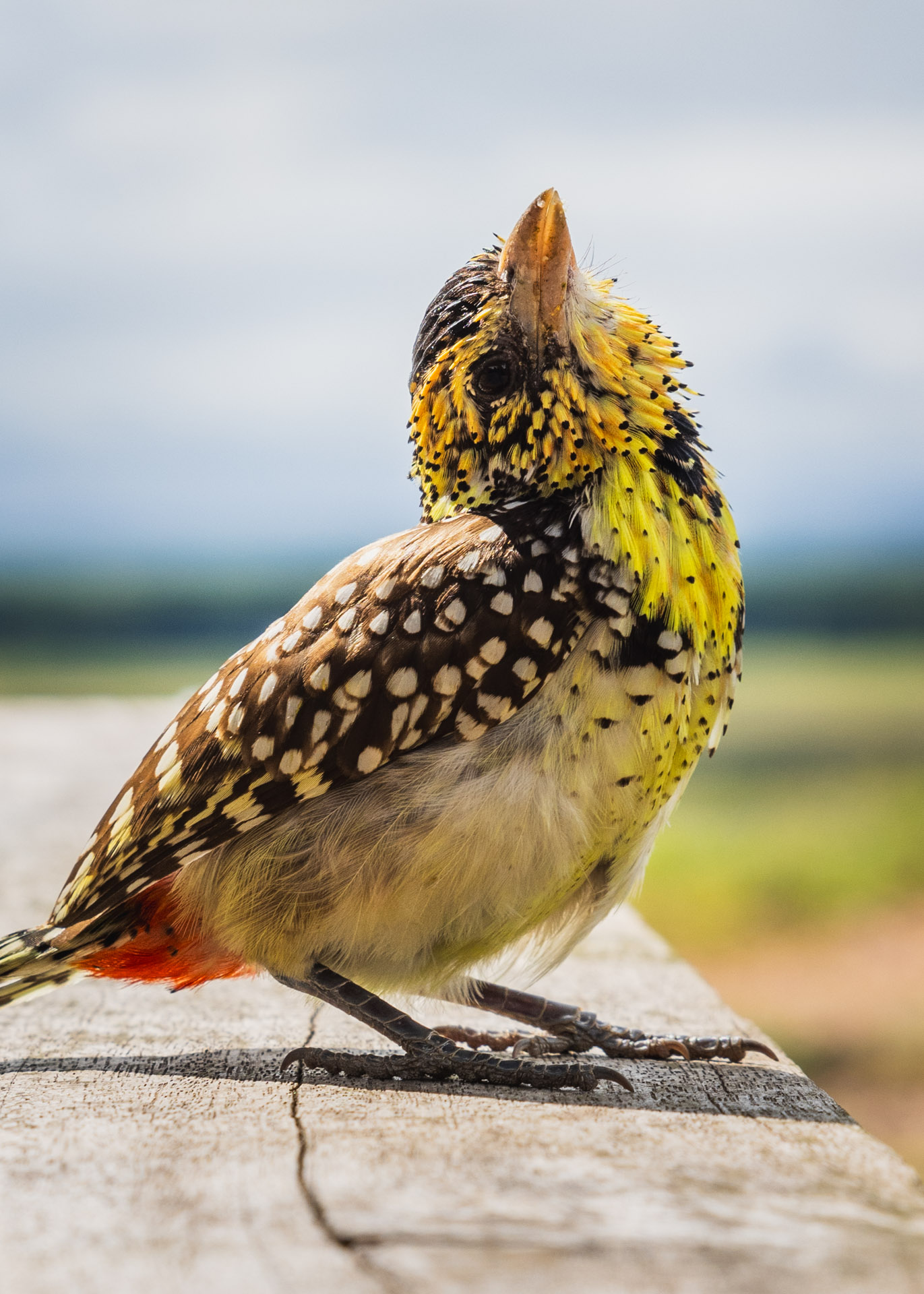
Interestingly, beyond their ecological significance, these birds hold a cultural one for certain tribes like the Maasai. They utilise their feathers to make decorations to wear and various traditional practices, illustrating the integration between wildlife and human culture in this rich landscape. –Sammy Njoroge
We have been seeing extended periods of rain and flooding here in Kenya. This, unfortunately, affects all aspects of life for people and wildlife and has had a substantial impact on the ecosystem. There are many possible causes, but they certainly include changes in global temperatures.

We are currently experiencing El Niño, the Pacific Ocean warming event that disrupts global weather patterns. El Niño brings much-needed rain to drought-stricken East Africa but also raises the risk of floods. There has been an overall increase in the temperatures of seawater that can intensify precipitation caused by atmospheric moisture. The Madden-Julian Oscillation is a weather phenomenon that affects the rainfall patterns here in Kenya. A giant wave of rain that clouds the circle of the tropics every few months brings heavy rain to some areas while some experience dry conditions.
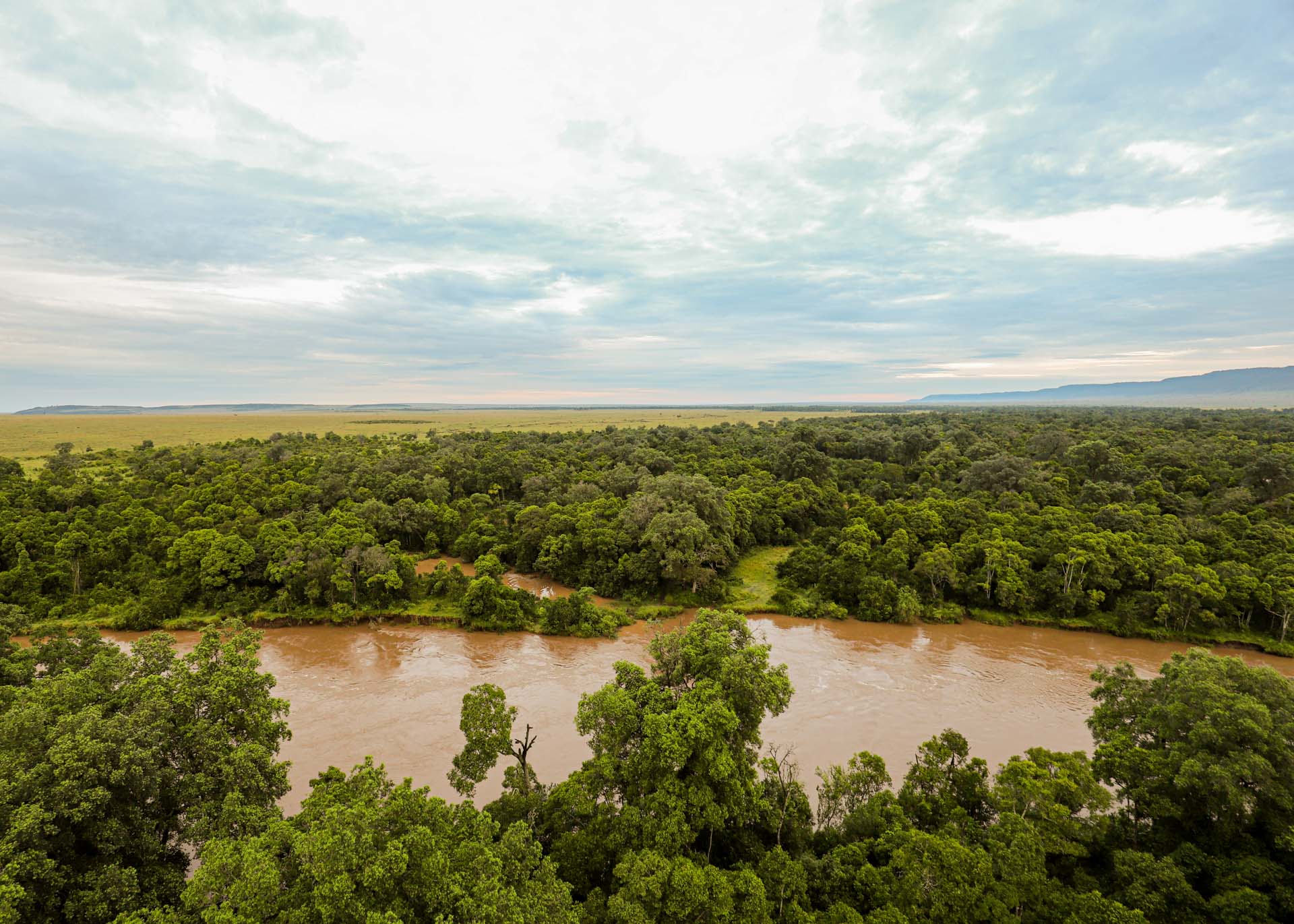
We spotted the Angama lioness and her two healthy cubs a few times this week; they have been in and around a small ravine not far from the escarpment. Like her predecessors, she has a penchant for trees and was seen on the branches of one scouting the horizon. She seems to have learnt to maximise the high vantage point and was able to spot a topi in the distance. We watched with bated breath as she stalked it for several hours, but at the last minute, the topi was able to get away.

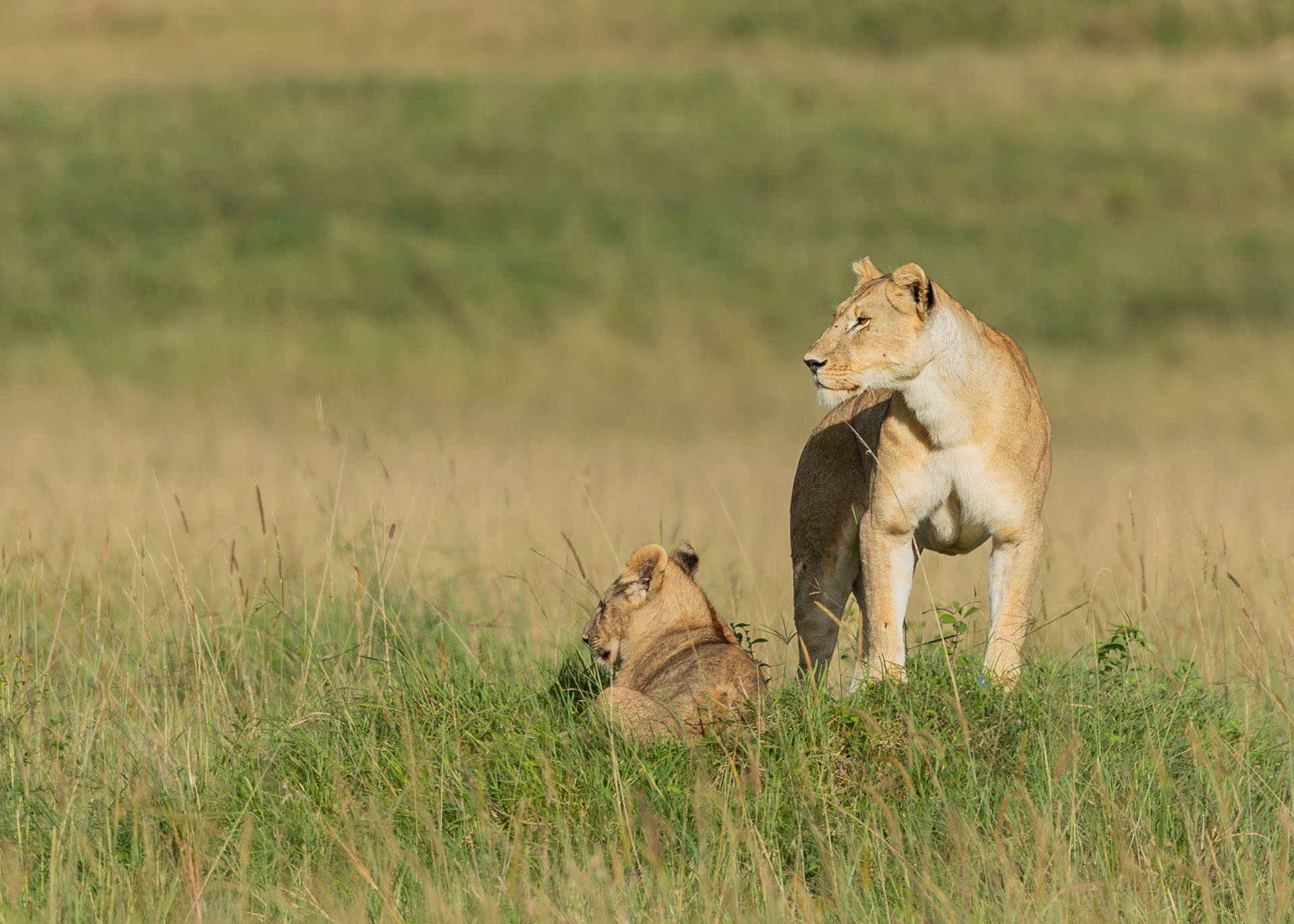
One should maintain a safe distance when approaching elephants while being patient and observant – even the veteran rangers. Or perhaps, especially, the rangers who are with the wildlife regularly. Our guest witnessed some rangers being pushed back into a corner by a big bull that was in musth. The vehicle had to reverse for a while before the elephant got bored and proceeded on his way.

There is a beautiful and easily recognisable matriarch we bumped into this week. She has a distinct genetic predisposition for inward-curving tusks, and, as shown in the pictures, over the years, they have grown to the point where they cross. This trait will probably be a slight hindrance when performing everyday tasks as it will restrict the movement of her trunk. The fact that she was able to overcome this minor obstacle and become the leader of her herd is wonderful. If it becomes life-threatening in future years, the Mara Conservancy rangers might need to cut a small portion and allow it to re-grow. Wilson, one of Angama's Guides, says he has been seeing her for years and estimates she is in her fifties.

Just a few hundred metres from the gate to Angama, a remarkable sight unfolded: a mother giraffe and her calf, just weeks old. By now, the calf is getting better at standing and walking without wobbling, but the mother is still watchful and is making sure her calf learns how to use its long legs while avoiding predators. As we watched, mother and calf engaged in a heartwarming display of affection with nuzzling, grooming and nursing. This interaction is the foundation of the calf's ability to survive and eventually integrate into the herd. We won't be surprised if this one becomes the class clown. –Andrew Andrawes
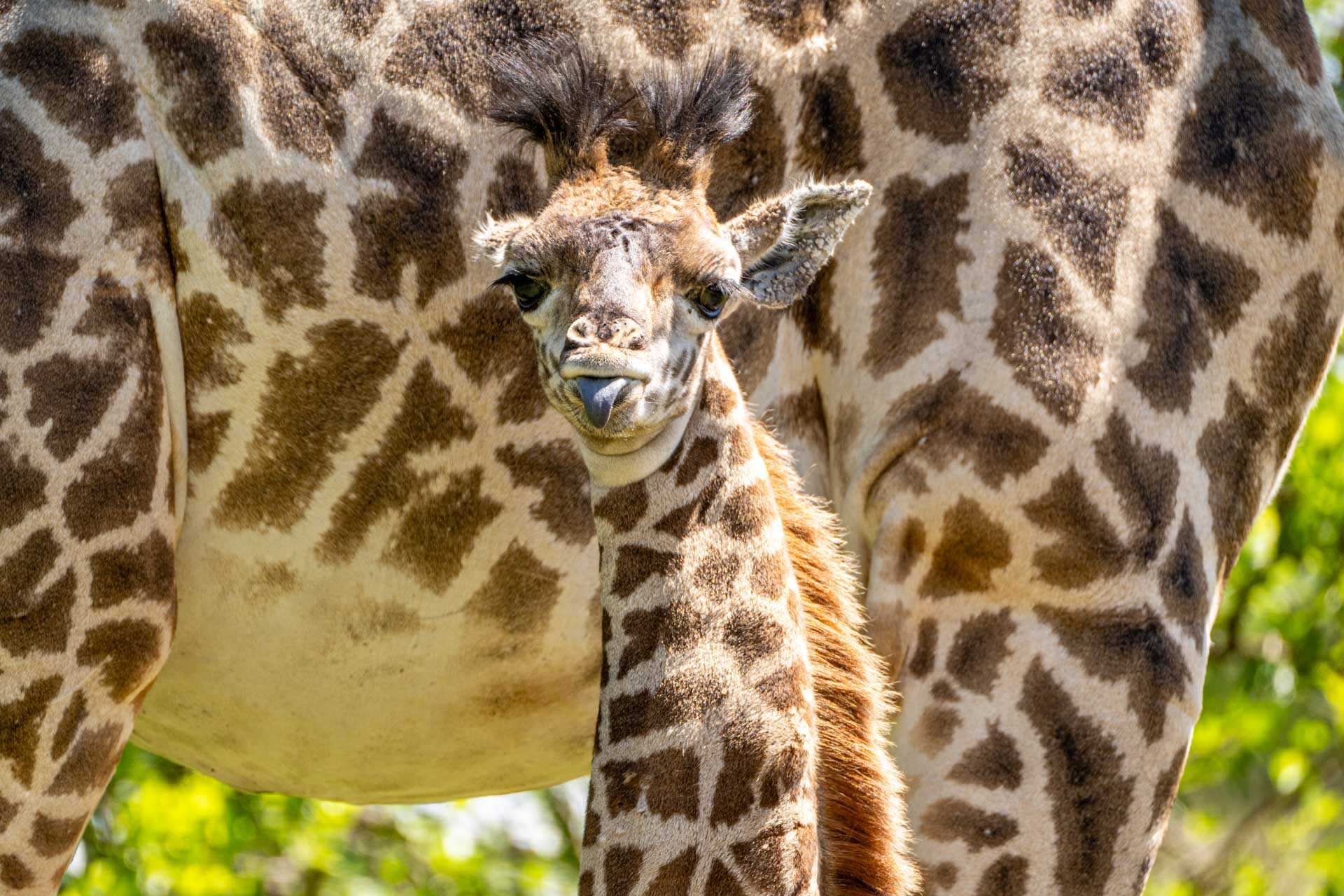
Filed under: This Week at Angama
Subscribe for Weekly Stories
Comments (0):
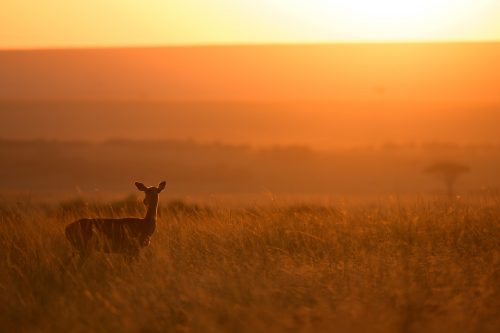
Rates & Availability